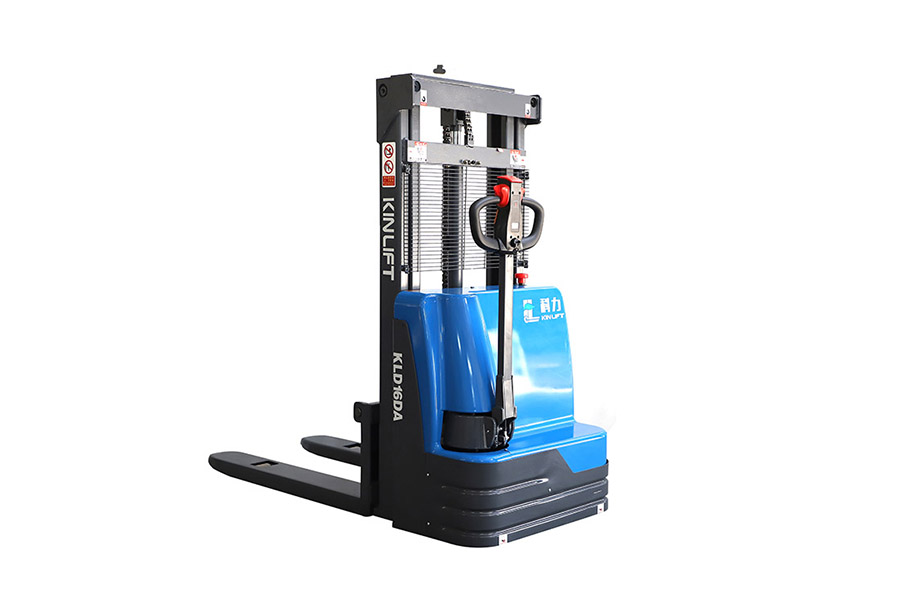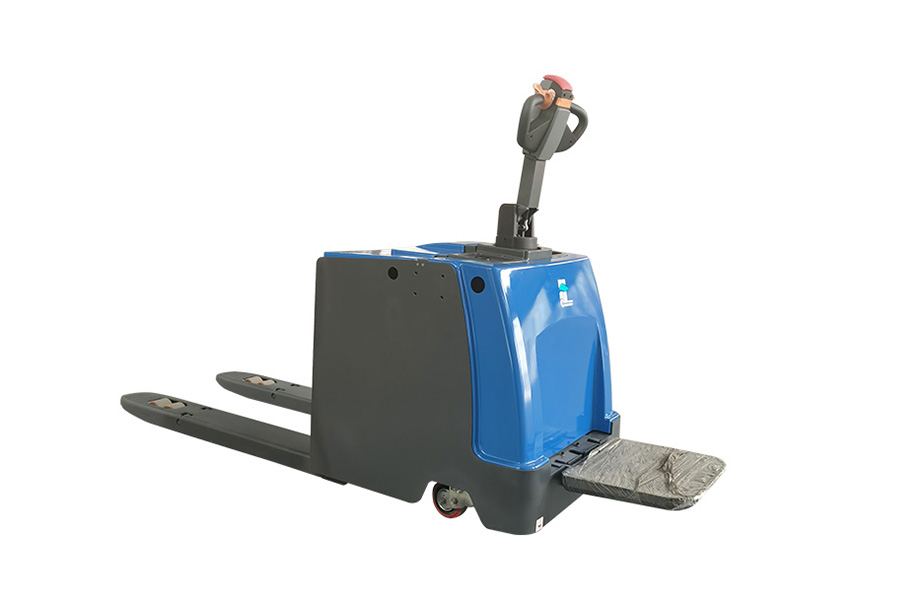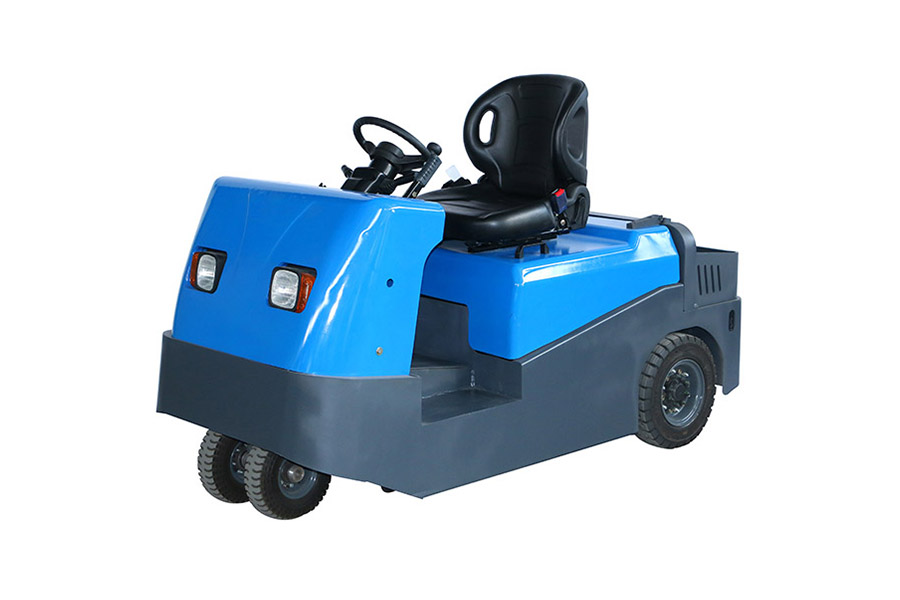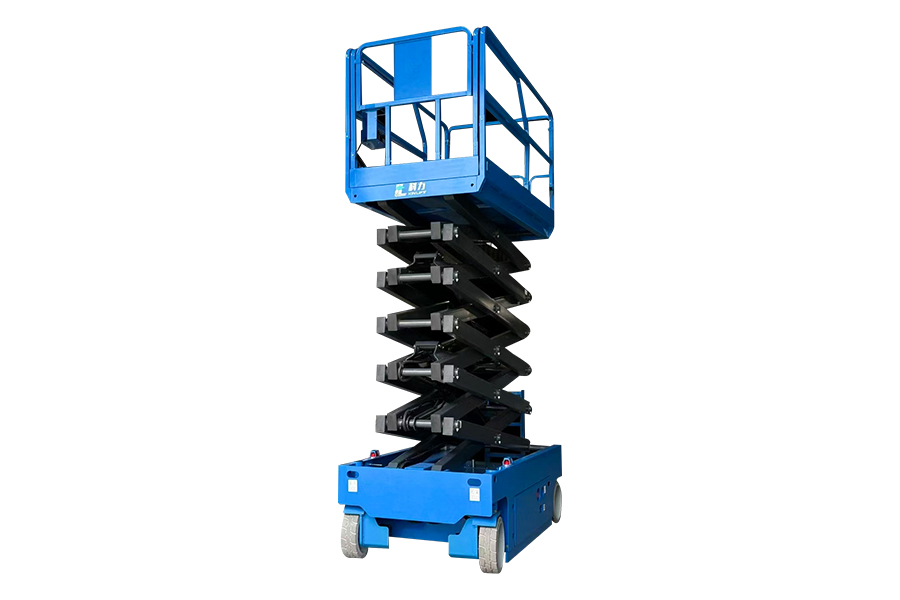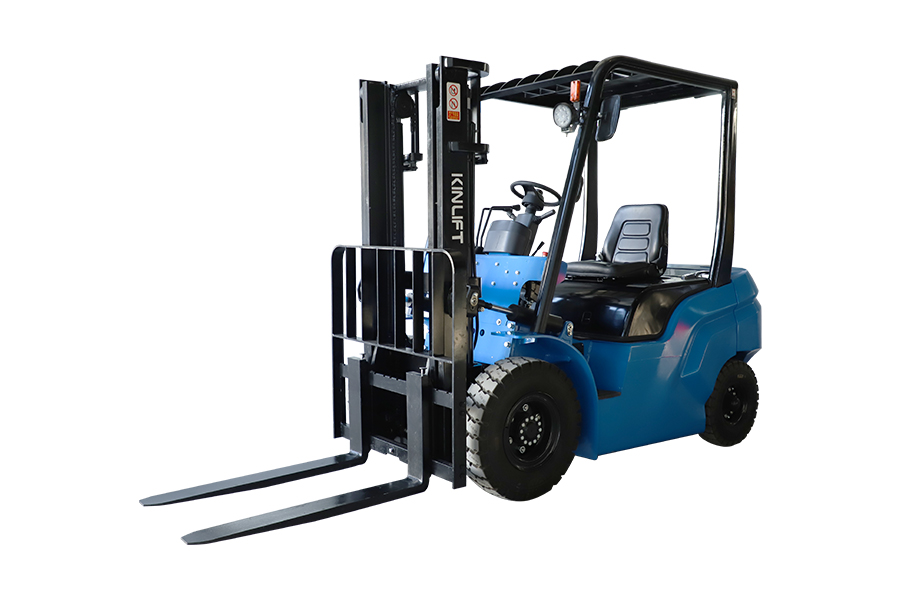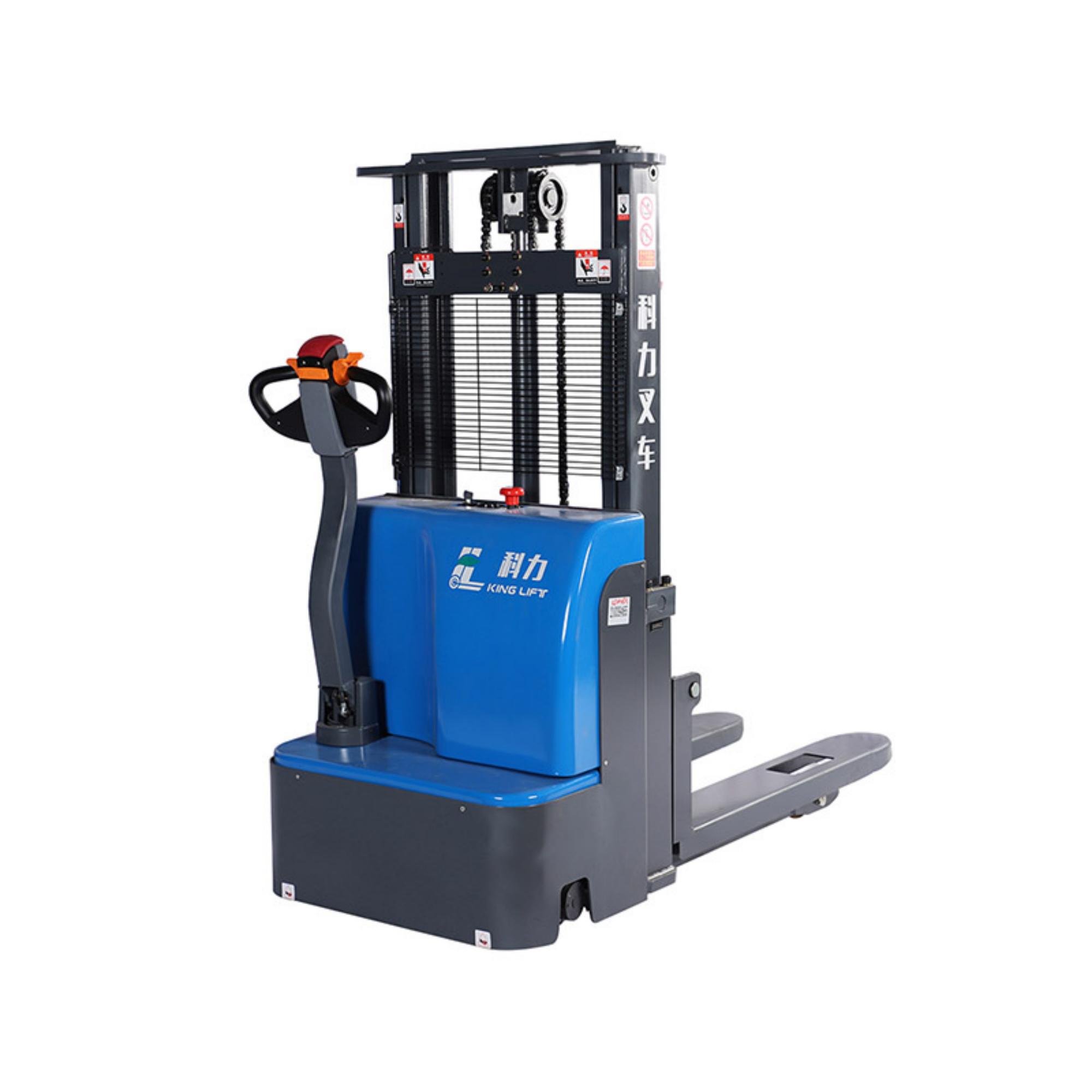1. Accelerator pedal: the bridge between speed and power
One of the biggest differences between Sit-down electric reach forklift and traditional internal combustion forklift is that its power source is an electric motor. This change not only reduces environmental pollution, but also brings about operational innovation. Among them, the accelerator pedal plays a vital role as a key component connecting the driver's intention and the motor output. Similar to the accelerator pedal of a car, the design of the forklift accelerator pedal allows the driver to directly control the motor speed by the depth of the pedal. This mechanism is simple and efficient, ensuring that the driver can respond to the operation needs immediately, whether it is necessary to stack goods slowly and accurately or to shuttle quickly in a spacious warehouse.
2. Precision control: from theory to practice
In theory, the operation of the accelerator pedal seems simple, but in fact it contains a complex electronic control system. When the driver steps on the accelerator pedal, a potentiometer or Hall sensor captures the change in the pedal position and converts it into an electrical signal. These signals are then sent to the control unit, and after algorithm processing, the corresponding current command is output to the motor to control the motor speed and torque. This process is completed almost instantly, ensuring the rapidity and accuracy of the forklift's response.
In actual operation, the advantages of this precise control are particularly obvious. For example, when handling goods in a narrow channel, the driver can fine-tune the accelerator pedal to make the forklift move forward smoothly at a very low speed to avoid collision or damage to the goods. In open areas, the pedal can be deepened to quickly increase the speed and improve work efficiency. In addition, for work scenarios that require frequent start and stop, precise acceleration control can also effectively reduce forklift wear and extend its service life.
3. Intelligent trend: further improve control accuracy
With the continuous development of technologies such as the Internet of Things, big data, and artificial intelligence, ride-on electric reach forklifts are also moving towards a more intelligent direction. Modern forklifts have begun to integrate advanced sensor systems, intelligent navigation technologies, and remote monitoring functions. These technologies have not only improved the automation level of forklifts, but also brought revolutionary changes to speed control. For example, by integrating laser radar or cameras, forklifts can sense the surrounding environment in real time, automatically adjust the driving speed, avoid obstacles, and ensure operational safety. At the same time, combined with AI algorithms, forklifts can also learn the driver's operating habits and provide a more personalized speed control experience.


 English
English русский
русский
